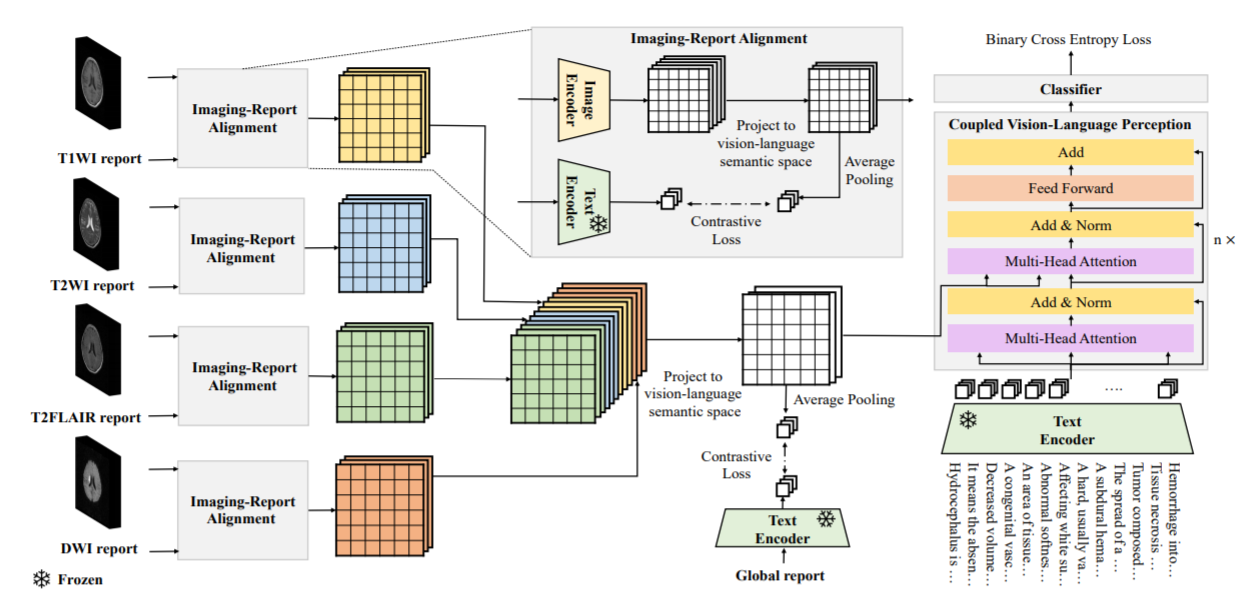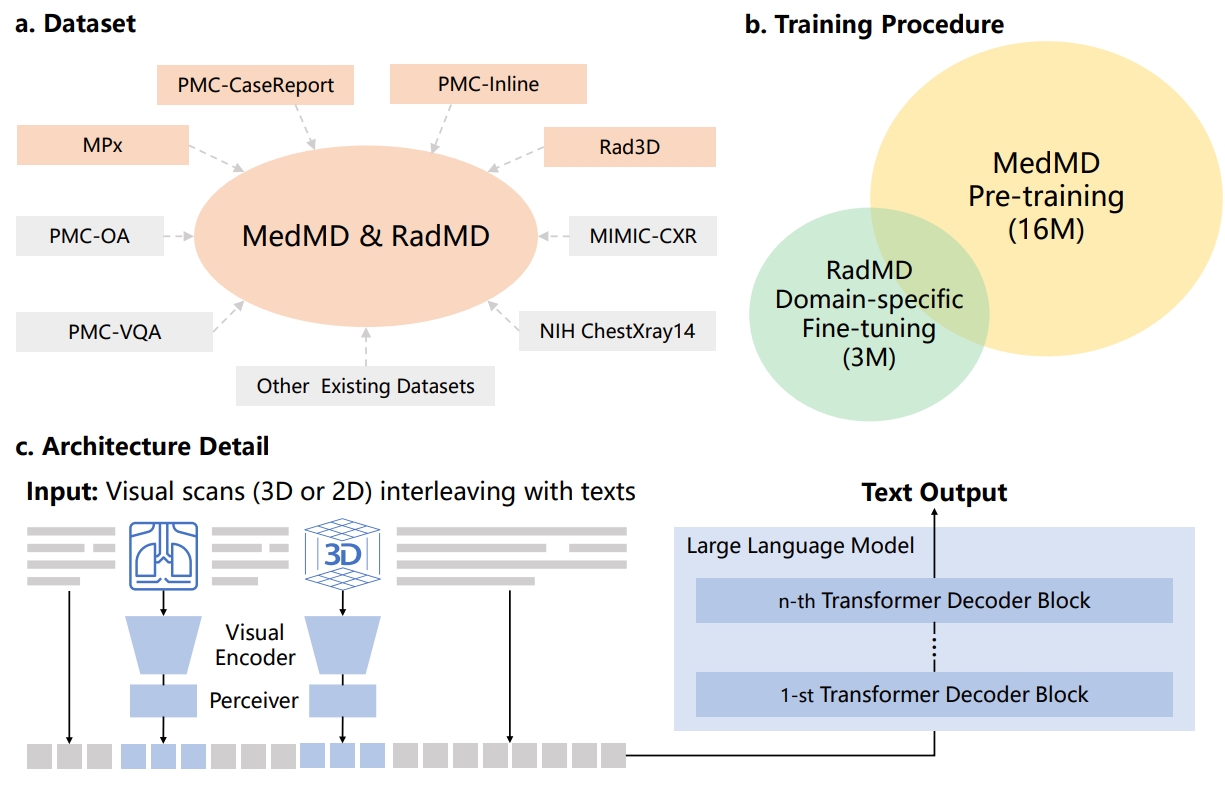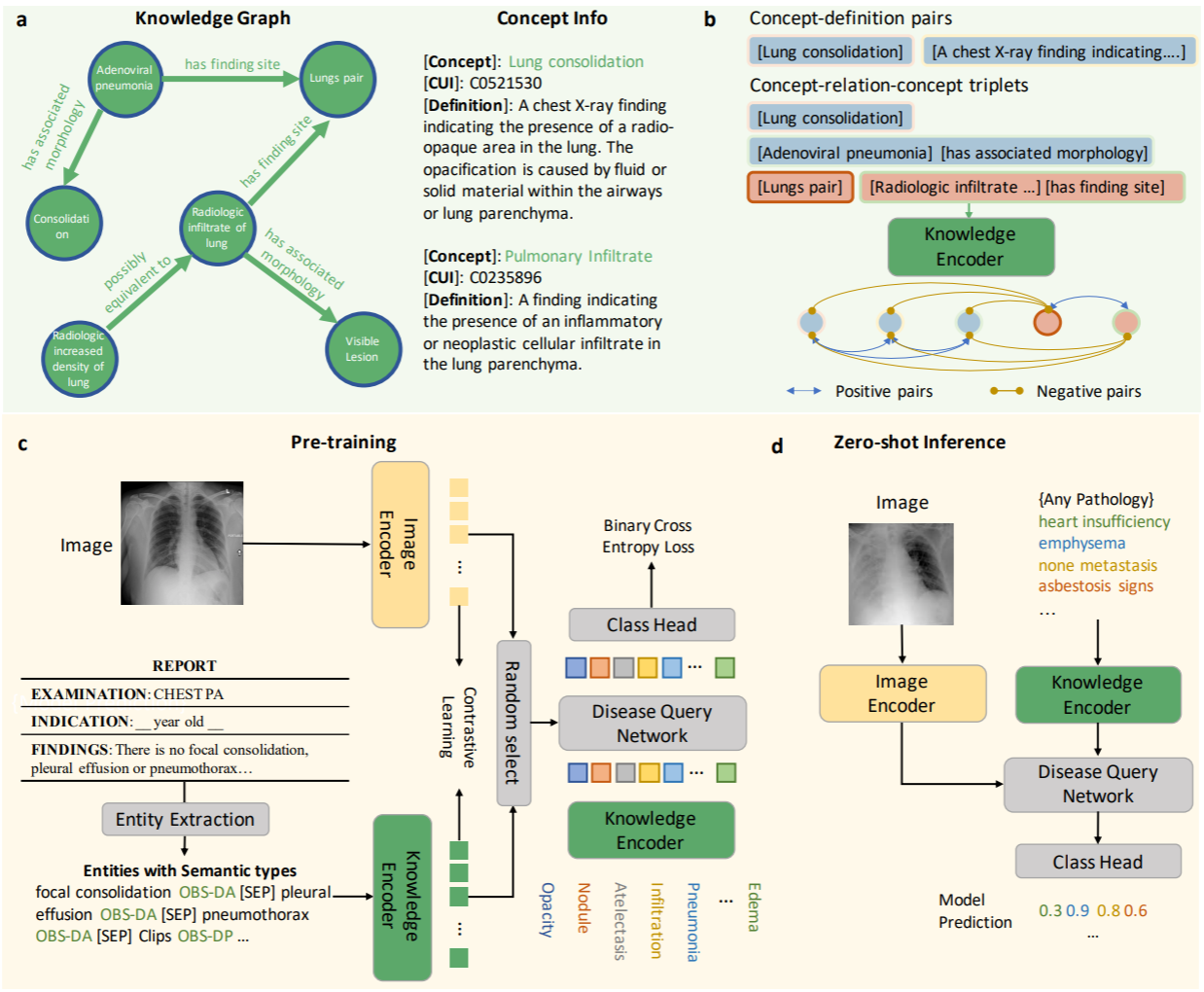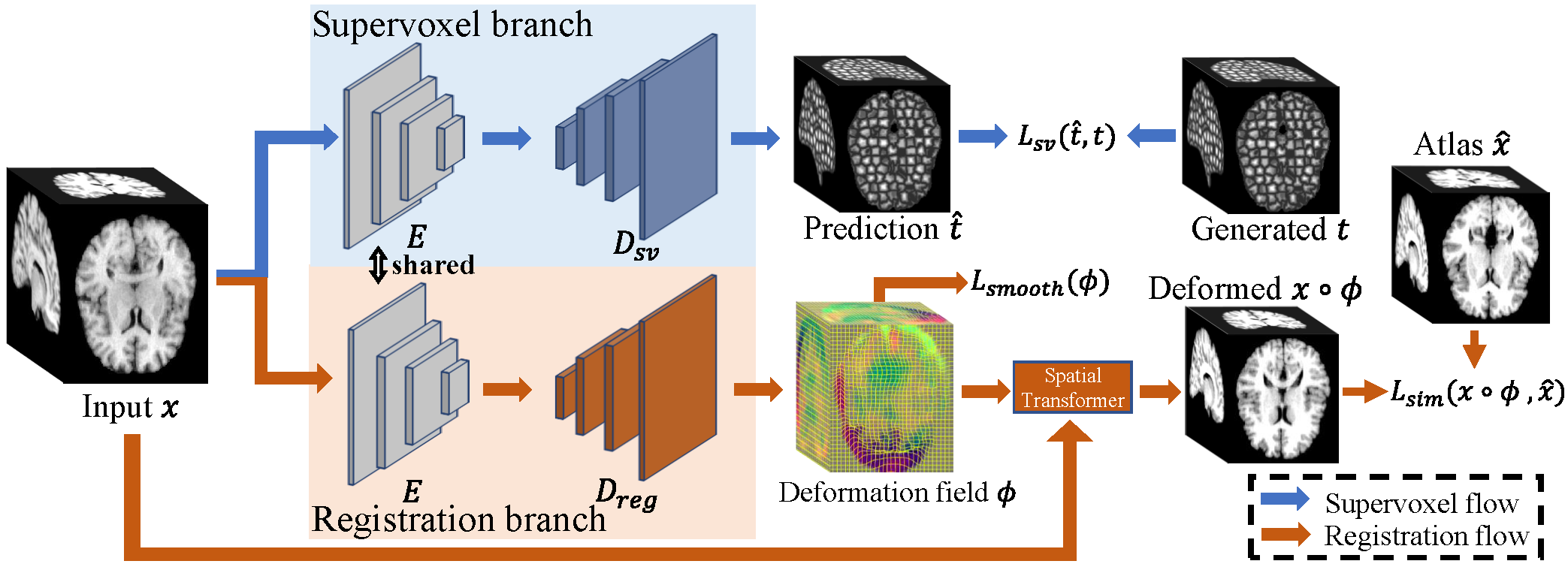|
I am a PhD student working on medical image analysis and machine learning at Shanghai Jiao Tong University. My current research interest is in multimodal learning for medical image analysis. Email / Scholar / Github
|
|

|
Pengcheng Qiu*, Chaoyi Wu*, Xiaoman Zhang, Weixiong Lin, Haicheng Wang, Ya Zhang, Yanfeng Wang, Weidi Xie, Technical Report, 2024. In this paper, we aim to develop a multilingual language corpus (MMedC), benchmark (MMedBench) and an open-source, multilingual language model (MMedLM) for medicine, that benefits a wider, linguistically diverse audience from different regions. |

|
Ziheng Zhao, Yao Zhang, Chaoyi Wu, Xiaoman Zhang, Ya Zhang, Yanfeng Wang, Weidi Xie, Technical Report, 2024. In this paper, we build up a universal medical segmentation model, driven by text prompts (SAT). |

|
Qiaoyu Zheng*, Weike Zhao*, Chaoyi Wu*, Xiaoman Zhang*, Ya Zhang, Yanfeng Wang, Weidi Xie, Technical Report, 2024. In this paper, we collect a large-scale multi-modal, multi-scan, long-tailed muti-lable diagnosis (classification) dataset. We further propose a vision-encoder together with a fusion module, enabling arbitary scan input per case. On evaluation, our methods achive better experiment results on our benchmark and can also serve as an pre-train mdoel for external datasets. |

|
Chaoyi Wu*, Jiayu Lei*, Qiaoyu Zheng*, Weike Zhao*, Weixiong Lin*, Xiaoman Zhang*, Xiao Zhou*, Ziheng Zhao*, Yanfeng Wang, Ya Zhang, Weidi Xie, Technical Report, 2023. We evaluate the GPT-4V on 92 radiographic cases, 20 pathoglogy cases and 16 location cases across 17 medical systems covering 8 imaging modalities. In general, as the cases shown, GPT-4V is still far from clinical usage. |

|
Jiayu Lei, Lisong Dai, Haoyun Jiang, Chaoyi Wu, Xiaoman Zhang, Yao Zhang, Jiangchao Yao, Weidi Xie, Yanyong Zhang, Yuehua Li, Ya Zhang, Yanfeng Wang , Technical Report, 2023. We release a new knowledge-enhanced Brain MRI pre-train foundation model leveraging image-report pairs which can realize zero-shot diagnosis of unseen brain diseases. |

|
Chaoyi Wu*, Xiaoman Zhang*, Yanfeng Wang , Ya Zhang, Weidi Xie, Technical Report, 2023. In this study, we aim to initiate the development of Radiology Foundation Model, termed as RadFM. we construct a large-scale Medical Multi-modal Dataset, MedMD, consisting of 16M 2D and 3D medical scans. |

|
Xiaoman Zhang*, Chaoyi Wu*, Weixiong Lin, Ziheng Zhao, Yanfeng Wang , Ya Zhang, Weidi Xie, Technical Report, 2023. In this paper, we focus on the problem of Medical Visual Question Answering (MedVQA). We propose a generative medical VQA model, MedVInT, together with a large scale MedVQA Dataset, PMC-VQA. |

|
Chaoyi Wu, Xiaoman Zhang, Yanfeng Wang , Ya Zhang, Weidi Xie, Technical Report, 2023. In this report, we introduce PMC-LLaMA, an open-source language model that is acquired leveraging large medical corpus, surpassing chatGPT on medicalQA benchmarks. |

|
Weixiong Lin, Ziheng Zhao, Xiaoman Zhang, Chaoyi Wu, Yanfeng Wang , Ya Zhang, Weidi Xie, International Conference on Medical Image Computing and Computer Assisted Intervention (MICCAI), 2023. We collect a biomedical dataset, PMC-OA with 1.6M image-caption pairs collected from PubMedCentral's OpenAccess subset. |

|
Xiaoman Zhang, Chaoyi Wu, Yanfeng Wang , Ya Zhang, Weidi Xie, Nature Communications, 2023. Here, we propose a knowledge-enhanced vision-language pre-training approach for auto-diagnosis on chest X-ray images. First trains a knowledge encoder based on an existing medical knowledge graph, then leverages the pre-trained knowledge encoder to guide the visual representation learning. |

|
Chaoyi Wu*, Xiaoman Zhang*, Yanfeng Wang , Ya Zhang, Weidi Xie, MICCAI-BTSD (workshop), 2023, Oral. In this paper, we consider the problem of disease diagnosis. Unlike the conventional learning paradigm that treats labels independently, we propose a knowledge-enhanced framework, that enables training visual representation with the guidance of medical domain knowledge. |

|
Chaoyi Wu, Xiaoman Zhang, Ya Zhang, Yanfeng Wang , Weidi Xie, International Conference on Computer Vision (ICCV), 2023. We propose to leverage medical specific knowledge enhancing language-image pre-training method, significantly advancing the ability of pre-trained models to handle unseen diseases on zero-shot classification and grounding tasks. |

|
Feng Chang, Chaoyi Wu, Yanfeng Wang , Ya Zhang, Xin Chen, Qi Tian, International Conference on Medical Image Computing and Computer Assisted Intervention (MICCAI), 2022. We propose Boundary-Enhanced Self-SupervisedLearning (BE-SSL), leveraging supervoxel segmentation and registrationas two related proxy tasks, enhancing brain structure segmentation. |

|
Chaoyi Wu, Feng Chang, Xiao Su, Zhihan Wu, Yanfeng Wang , Ling Zhu, Ya Zhang, Computerized Medical Imaging and Graphics (CMIG), 2022, 101: 102108. We first leverage the information of LN stations for metastatic LN detection. Metastatic LN station classification is proposed as proxy task for metastatic LN detection. A GCN-based structure is adopted to model the mutual influence among LN stations. |
|
Based on a template by Jon Barron.
|